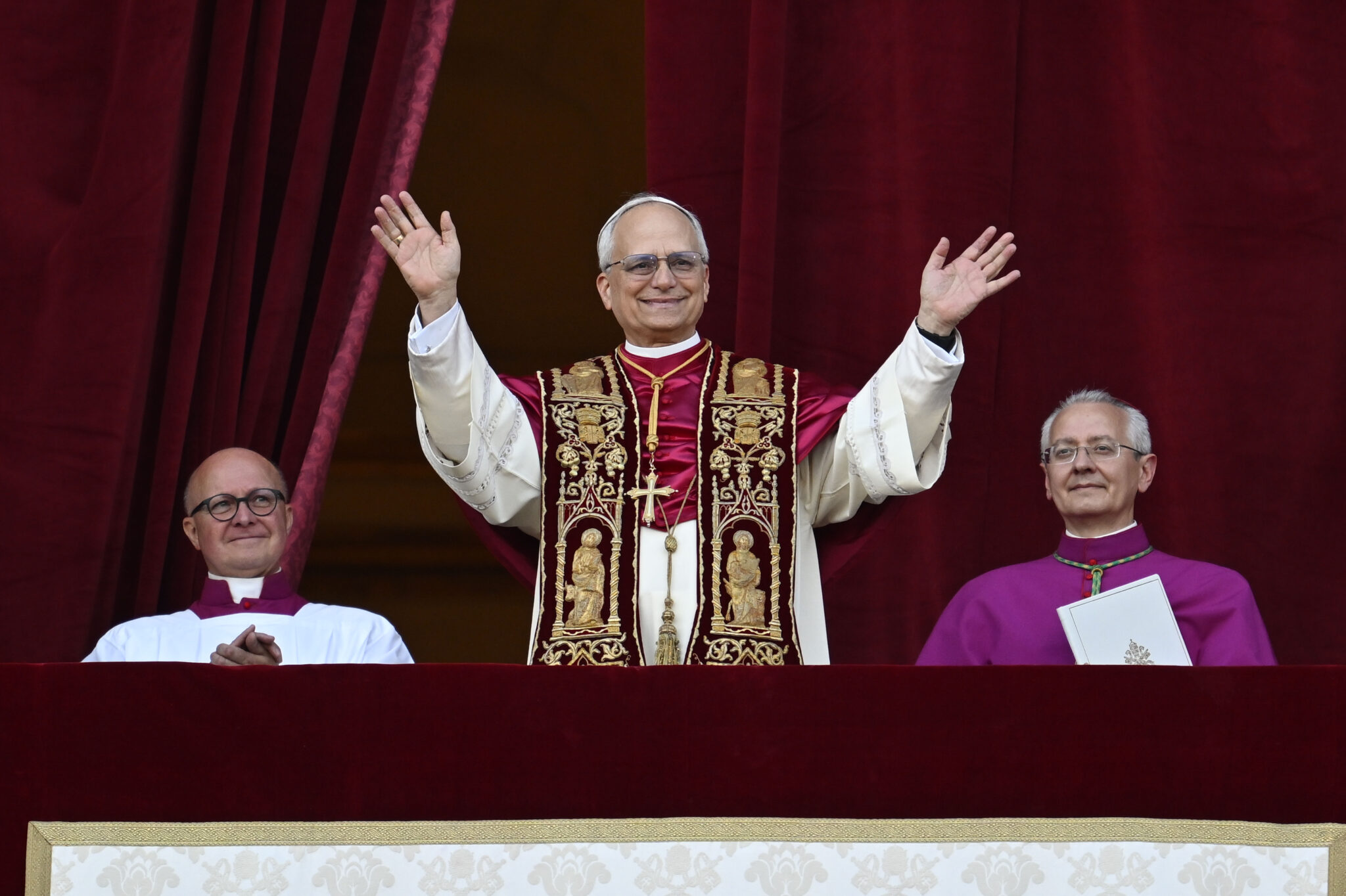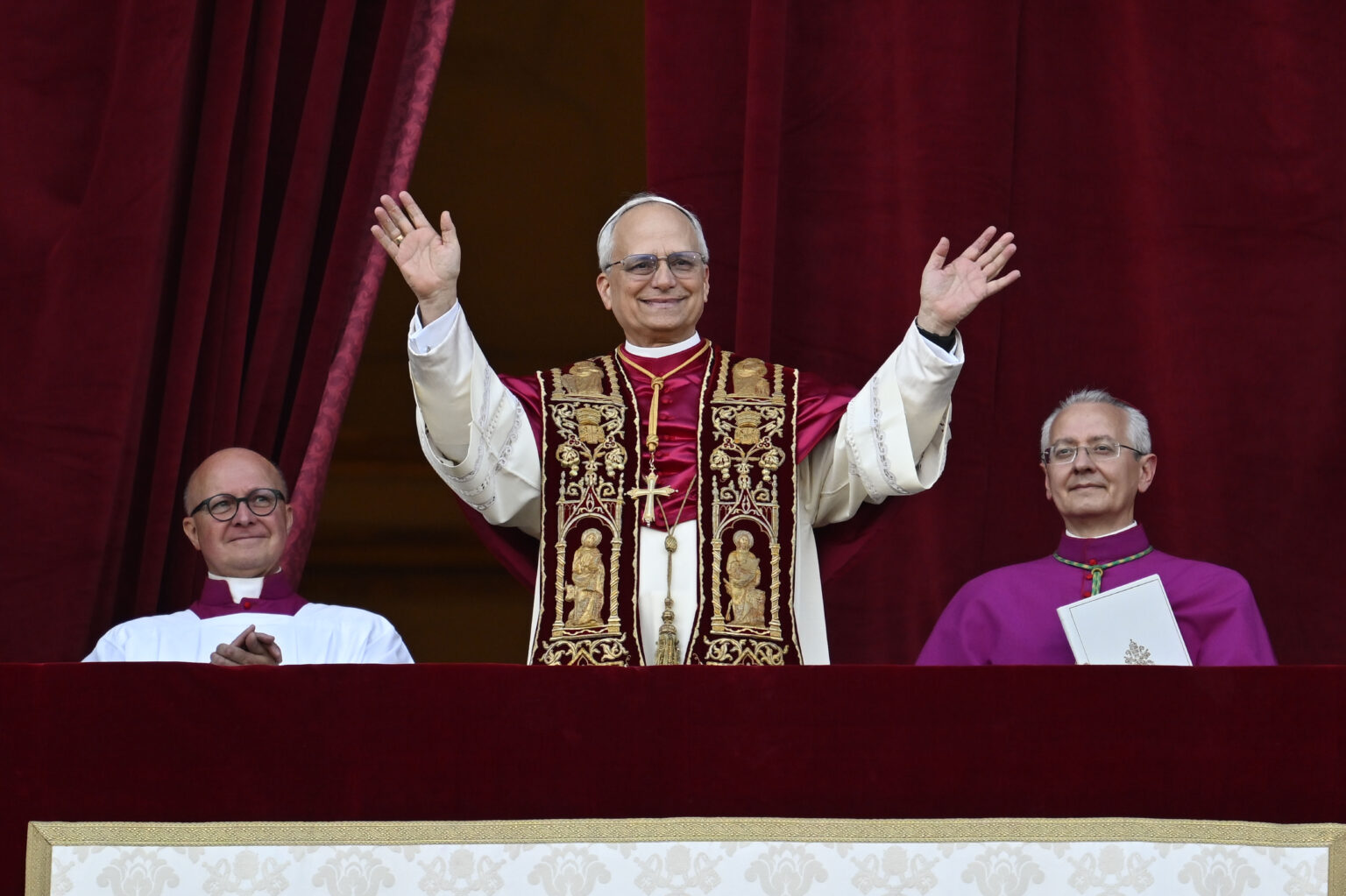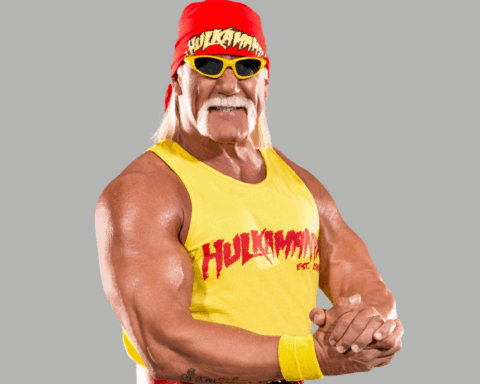Successor to Pope Francis, who died on April 21, American Cardinal Robert Francis Prevost has just been elected pope by the 133 cardinal electors at the end of a two-day conclave. Taking the name Leo XIV, he stands out for his commitment to peace and his support for the underprivileged.
Habemus papam! On Thursday May 8, white smoke rose from the Sistine Chapel in Rome. Robert Francis Prevost became the Church’s new pontiff at the age of 69. He becomes the first American pope in history, the figurehead of 1.4 billion Catholics worldwide, or 18% of the population.
Priest in 1982
Born in 1955 in Chicago, USA, to a family of French, Italian and Spanish ancestry, Robert Francis Prevost attended the minor seminary of the Order of Saint Augustine in 1973. After earning a Bachelor’s degree in mathematics from Villanova University near Philadelphia in 1977, he entered the Augustinians that same year, taking his first vows in 1978 and solemn vows in 1981.
Voir cette publication sur Instagram
A year later, he was ordained a priest in Rome and continued his studies in canon law at the Pontifical University of St. Thomas Aquinas (Angelicum). After obtaining a licentiate in 1984 and a doctorate in 1987 with a thesis on the role of the local prior in the Order of Saint Augustine, he left for his first mission in 1985.
The 267th pope in the history of the Church
It was in Peru that he became chancellor of the territorial prelature of Chulucanas and vicar of the cathedral. He remained there from 1985 to 1998, where he directed the Augustinian seminary in Trujillo, teaching canon law, patristics and morality. At the same time, he founded a parish on the city’s poor outskirts. After so many years in the country, he obtained Peruvian nationality.
In 1999, he was elected provincial of the Midwest province of the Augustinians in Chicago. From 2001 to 2013, he was Prior General of the Order of St. Augustine, the highest position in his religious order. In 2014, Pope Francis appointed him Apostolic Administrator, then Bishop of the Diocese of Chiclayo in Peru in 2015.
In 2023, Pope Francis named him cardinal, before appointing him head of the Dicastery for Bishops. Two years later, on May 8, 2025, at the end of a two-day conclave, he became the Church’s 267th pope under the name Leo XIV, elected by the 133 cardinal electors.

An almost “centrist” pope ?
In terms of his commitments, Pope Leo XIV is perceived as balanced, as attached to tradition as he is to charity. In fact, his name Leo refers to Leo XIII, a pope with progressive values and a concern for the working class. His first speech to the crowds in Rome echoed the vision of Pope Francis, with a message of unity and above all peace, a word uttered by the new pontiff from the outset.
Leo XIV is committed to the poor and needy, and has a wealth of international experience – he speaks Italian, Spanish, English, French and Portuguese. According to the Catholic Church website, “he is recognized for his ability to dialogue with diverse cultures and adapt to local realities”. He is “a pastor attentive to contemporary challenges and to synodality, a theme dear to the previous pontificate. His motto, ‘In illo uno unum’ (‘In Him who is One, be united’), heralds a pontificate placed under the sign of unity and closeness to the peripheries.”
Voir cette publication sur Instagram
In terms of progressive steps, he has, for example, supported communion for divorced and civilly remarried Catholics. However, in 2012, he was more reserved on LGBT rights and questioned the homosexual lifestyle. According to the New York Times, he was also insufficiently supportive of the victims who had accused two priests in his diocese in Peru, even though he claims to have met the victims. It remains to be seen how Pope Leo XIV, 69, will implement his vision of the Church. Especially as the American faces a complex and conservative situation in his home country.
Read also: Who was Jorge Mario Bergoglio, aka Pope Francis?
Featured photo: © Vatican News















